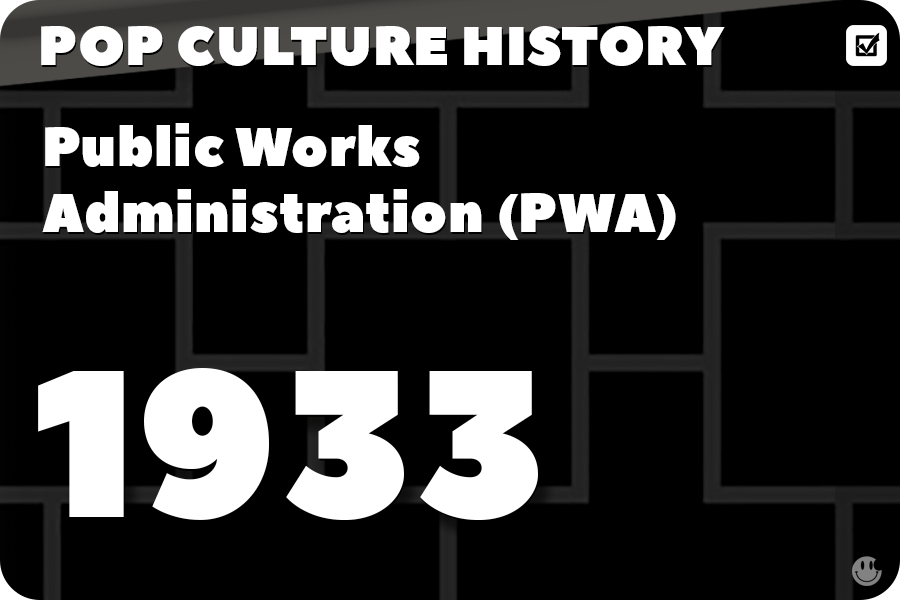 |
Public Works Administration (PWA) |
The Public Works Administration (PWA) was established by President Franklin D. Roosevelt on June 16, 1933, as part of the New Deal response to the Great Depression. The PWA aimed to stimulate the American economy by providing jobs and funding large-scale construction projects nationwide. The agency left a lasting legacy in American infrastructure and played a significant role in the nation’s economic recovery during the 1930s.
The Public Works Administration was a critical part of the New Deal response to the Great Depression. By providing jobs and funding for large-scale public works projects, the PWA helped to revitalize the American economy and left a lasting impact on the nation’s infrastructure. |









